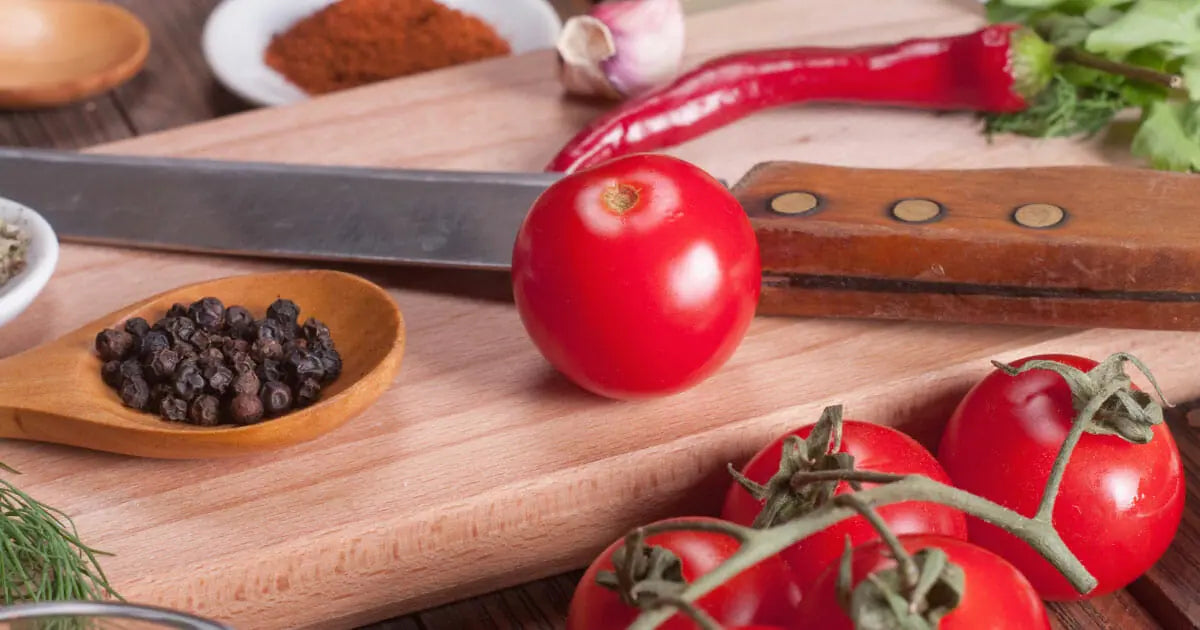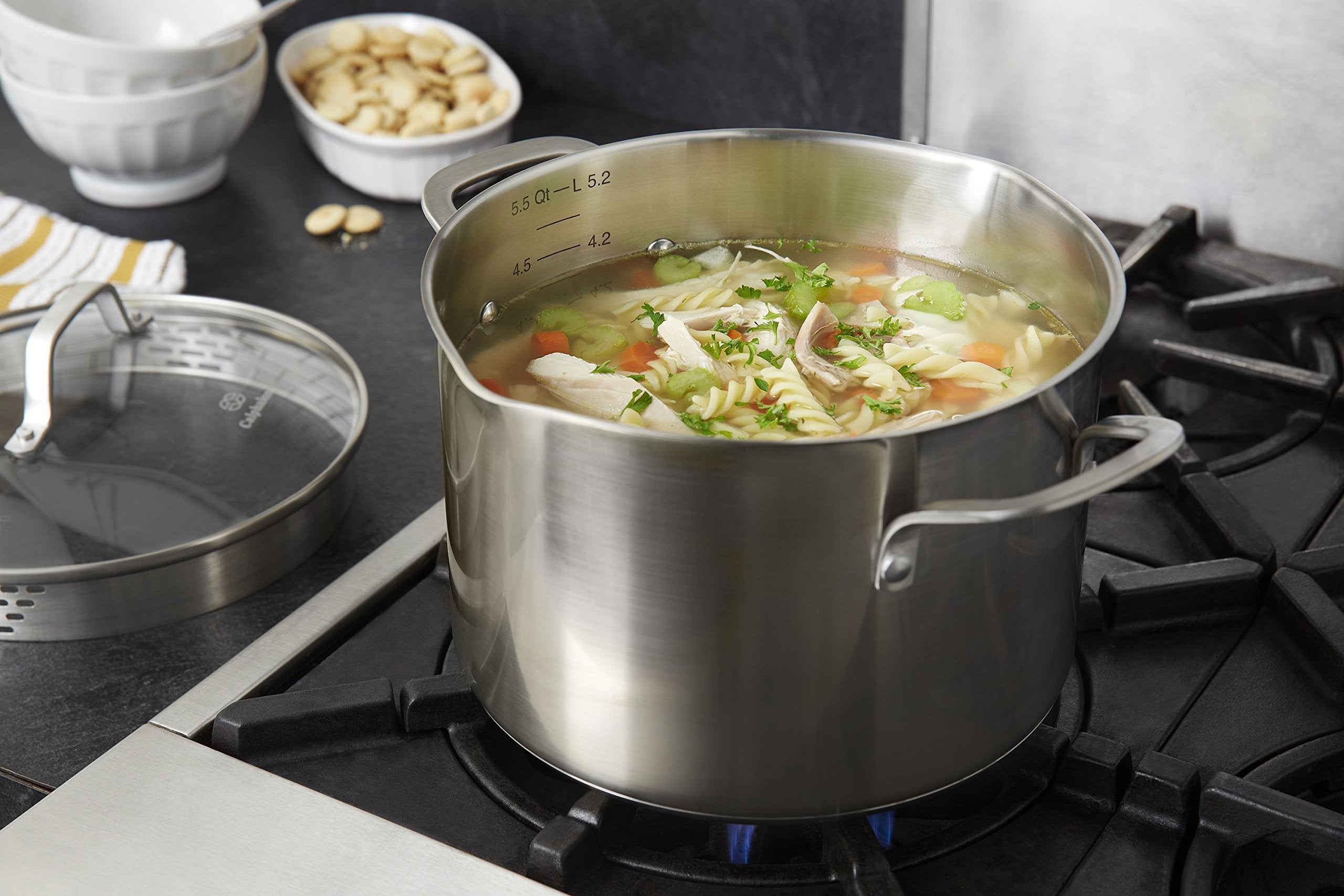Keeping your cutting board spotless is a serious task for any kitchen professional. Your cutting board is more than just a workspace; its the cornerstone of food preparation. Yet, its also prone to harboring germs, odors, and food particles. If you're wondering how to clean a cutting board with lemon, youre not alone. This natural remedy has been trusted for generations to sanitize and deodorize surfaces without relying on harsh chemicals. Lets break down the proven, step-by-step process for using lemons to maintain your cutting boards and ensure kitchen hygiene remains top-notch.

Why Use Lemons for Cutting Boards?
There are plenty of cleaning products out there, but lemons stand out thanks to their all-natural properties. A fresh lemon is naturally acidic, making it a fantastic and safe remedy for eliminating bacteria. Plus, lemons are excellent at cutting through grease and odors, leaving your cutting boards not only clean but also fresh-smelling.
For kitchen professionals, this method offers a dual advantage: its environmentally friendly and delivers impeccable results for wood, plastic, or bamboo cutting boards.
If youre keen to understand why wooden boards benefit significantly from natural cleaning methods like this, check out this helpful guide on caring for teak cutting boards.
Step-by-Step Guide: How to Clean a Cutting Board With Lemon
Step 1: Gather What Youll Need
Before diving in, make sure you have the following:
- A fresh lemon
- Coarse salt or baking soda
- A scrub brush or sponge
- Warm soapy water
- Clean, dry towel
These basic items form the backbone of an effective natural cleaning routine.
Step 2: Prep Your Board
Start by rinsing your cutting board with warm water to remove large food particles. Avoid soaking wooden boards, as this can lead to warping or cracking over time.
Step 3: Sprinkle Salt or Baking Soda
Generously apply coarse salt or baking soda over the surface of the board. The abrasive texture acts as a scrubber, lifting particles stuck in the boards surface.
Step 4: Halve Your Lemon
Take a fresh lemon and cut it in half. Squeeze one half a little to release the juice, then rub it firmly onto the cutting board. Focus on areas that have tough stains or odors. The citric acid will naturally disinfect the surface while the salt provides additional scrubbing power.
Step 5: Scrub and Rinse
Use a scrub brush, sponge, or the flesh of the lemon itself to scrub the surface. Follow this by rinsing the board under warm water, making sure no grime or residue remains.
Step 6: Dry Immediately
Use a clean towel to dry your cutting board instantly. Allowing moisture to linger on wood or bamboo boards can invite mold or bacteria growth. If you want insights into why drying your board fast is essential, refer to this article on refinishing cutting boards.
Tips for Maintaining Your Cutting Board
1. Avoid Cross-Contamination
Always use separate cutting boards for raw meat, vegetables, and bread to avoid cross-contamination. Even with regular cleaning, keeping specific cutting boards for particular tasks will prolong their usability and ensure better hygiene.
2. Use Mineral Oil
For wooden boards, consider oiling them occasionally with food-safe mineral oil. This maintains the woods quality and creates a moisture barrier. Learn more about using mineral oil on cutting boards to keep them in pristine condition.
3. Regular Deep Cleans
Deep cleaning your boards monthly, especially if heavily used, will prevent buildup that everyday washing might miss. A mix of lemon and coarse salt works wonders for this purpose.
Frequently Asked Questions
1. Can lemons clean plastic cutting boards?
Yes! Lemons work well on plastic boards too. Due to their non-porous surface, plastic cutting boards can be cleaned just as effectively using lemon juice and salt.
2. How often should I deep clean my cutting board?
Regular cutting board cleaning is necessary after each use, but a deep clean with lemon and salt once a month should suffice unless the board is heavily used.
3. What happens if I dont dry my board properly?
Failing to dry your board thoroughly risks mold growth, unpleasant smells, and cracks in wooden boards.

Conclusion
Now that you know how to clean a cutting board with lemon, you can keep your kitchen tools in tip-top shape with this eco-friendly, natural method. Incorporating small yet effective cleaning habits ensures your workspace remains hygienic and ready for any cooking challenge. For additional tips, take a look at this guide on how to clean and sanitize cutting boards.
This article contains affiliate links. We may earn a commission at no extra cost to you.






Leave a comment
This site is protected by hCaptcha and the hCaptcha Privacy Policy and Terms of Service apply.